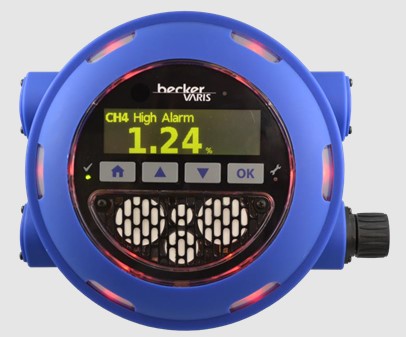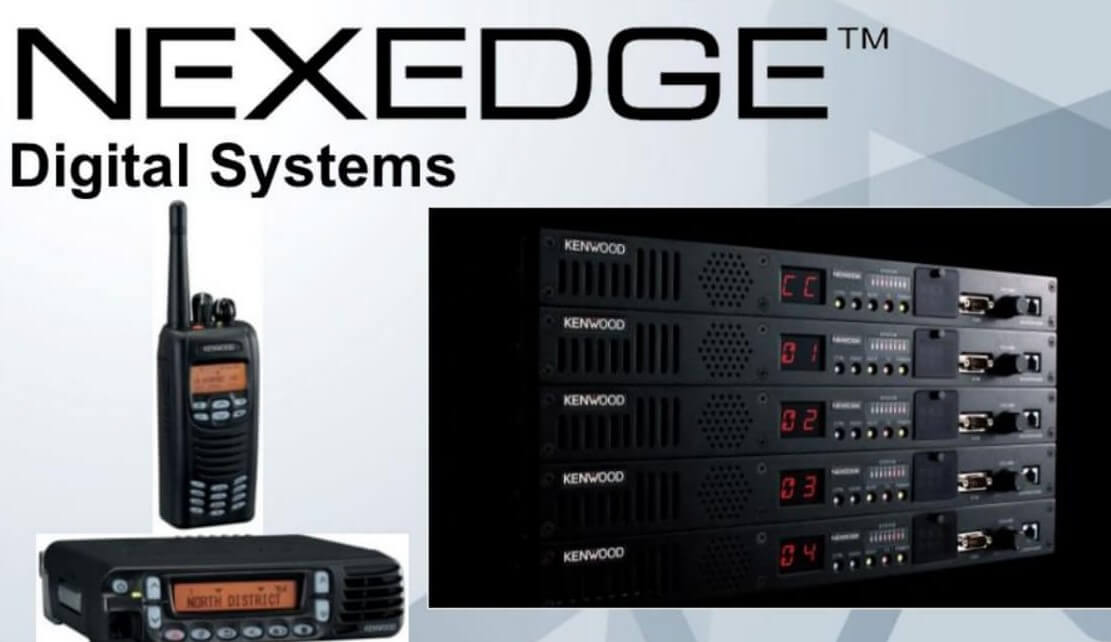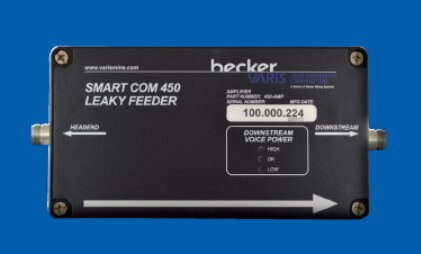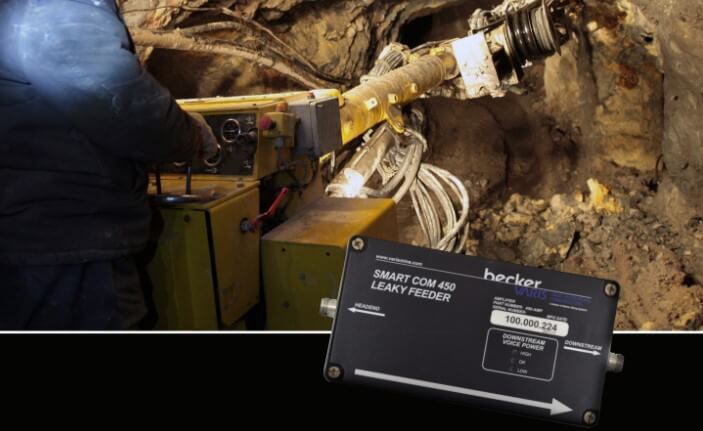When we think of mining, we often imagine rugged landscapes, towering machines, and hardworking men and women deep beneath the earth’s surface. But behind the scenes of every successful mining operation is a strong foundation of safety. One of the most important tools ensuring miner safety today? The portable gas detector.
Why Every Underground Mine Needs a Portable Gas Detector








